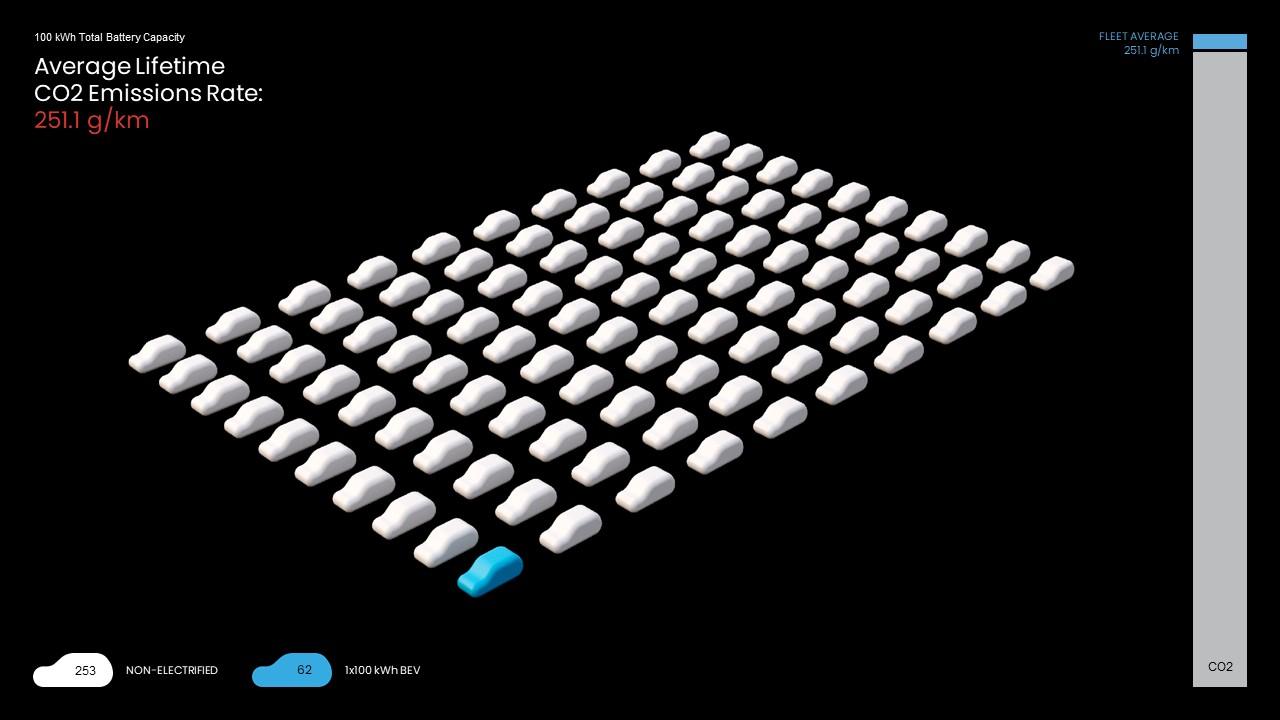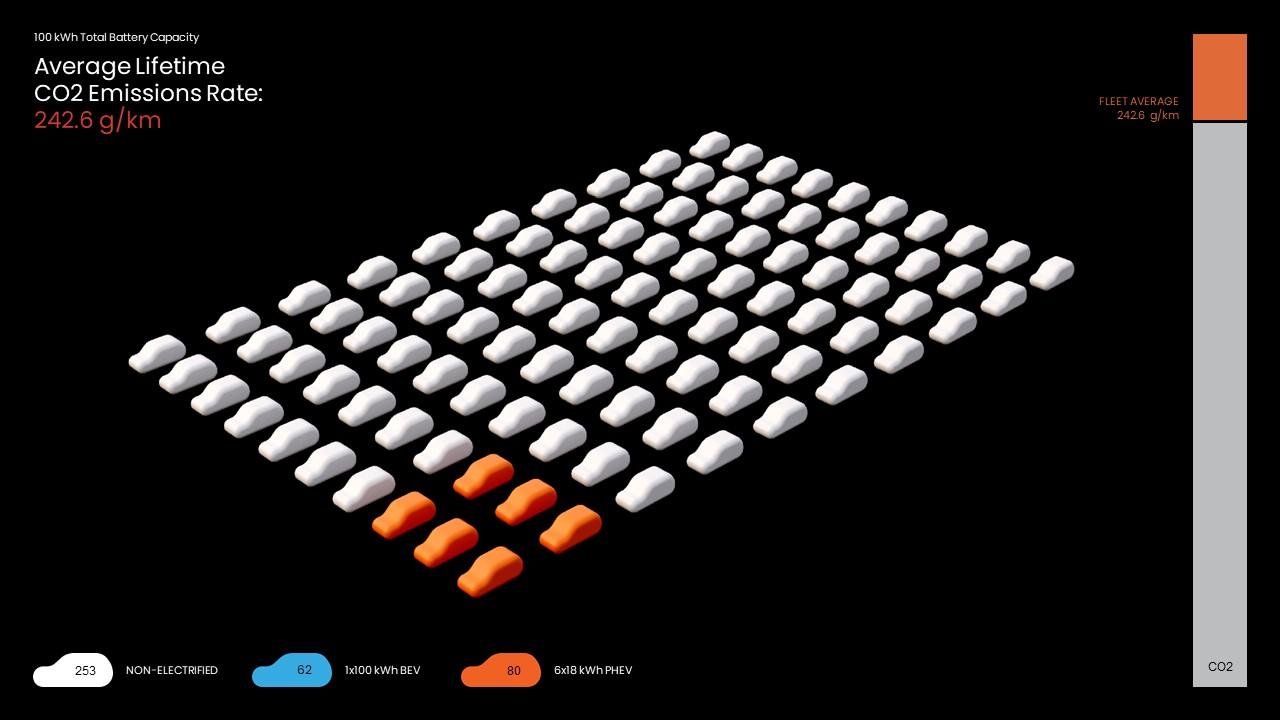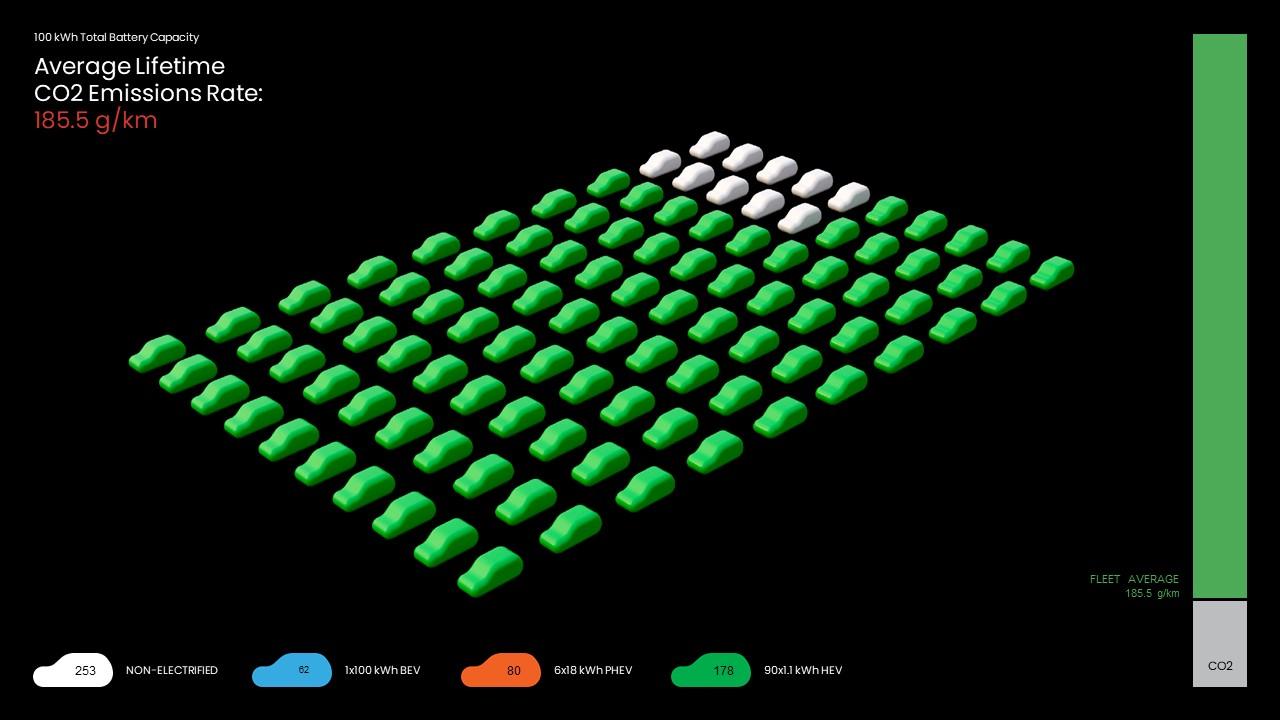
Ahead of May's G7 Summit in Hiroshima, Toyota's Chief Scientist Dr. Gill Pratt spoke about the importance of diverse options as part of the unique decarbonization approach Japan seeks to share with the world.
The pressing issue of CO2 reduction
Dr. Pratt
CO2 is stored in the atmosphere for a very long time, and removing it directly requires enormous amounts of energy.
Put another way, the CO2 we emit today will remain in the atmosphere until the time of our great-grandchildren and future generations. We must therefore reduce CO2 emissions as quickly and by as much as possible, even in the coming decades of resource constraints.
Not only are we in a lifeboat with limited resources, time is also not on our side. Right now, it is imperative that we row as hard as we can to produce the greatest possible result.
Let’s explore this in the context of automobile electrification. Suppose we have 100 gasoline-powered vehicles that emit on average 253g/km of CO2 over their lifetime. And, like the drinking water in our lifeboat, let’s say we have a 100kWh battery at our disposal. We can install that entire 100kWh battery in a single long-range BEV.
This is the same as giving all the water to one person so that they have enough to wash their hands. The customers who drive this BEV will contribute to reducing CO2, emitting on average only 62g/km over the car’s lifetime.
However, since we’ve replaced only one existing gasoline-powered vehicle, the reduction in total CO2 emissions for the 100 vehicles will be minimal.

That same battery can also be spread across six PHEVs (plug-in hybrid vehicles). Although at 80g/km the average lifetime emissions per vehicle are not as good as the BEV, we can replace six gasoline-powered vehicles instead of one, bringing the overall CO2 emissions down further. Since PHEVs are cheaper than BEVs, customers are also more likely to actually purchase them.

Alternatively, we can divide that same battery between 90 more affordable HEVs (hybrid electric vehicles). Each one will contribute to a smaller reduction in CO2, but the overall reductions will be even greater.

This result is not affected by the exact emissions of each vehicle type, because the total reduction depends on the number of gasoline-powered vehicles replaced.
Of course, this is not to say we should make only HEVs. The world has more battery minerals than could be used up by focusing exclusively on HEVs. At the same time, we don’t have the necessary resources to go all-in on BEVs.

